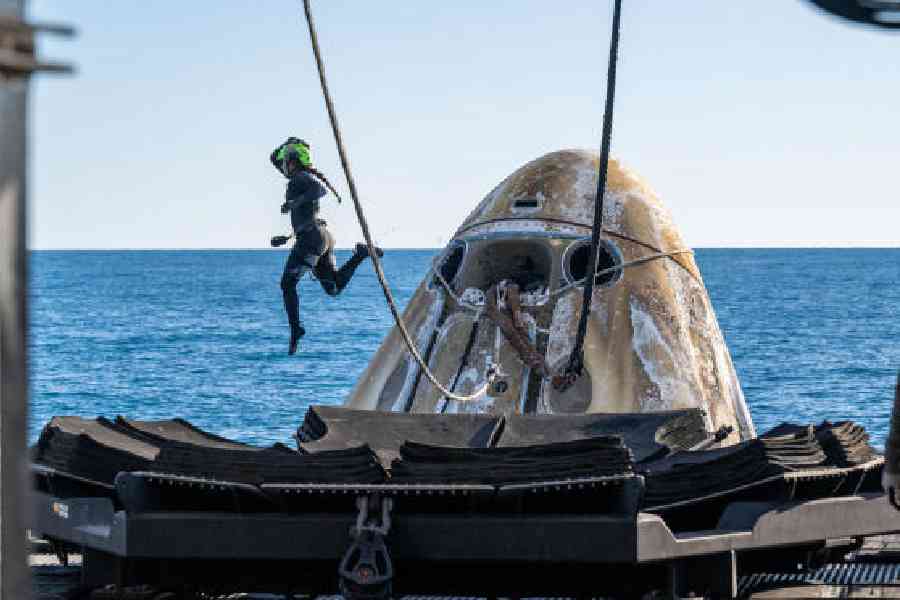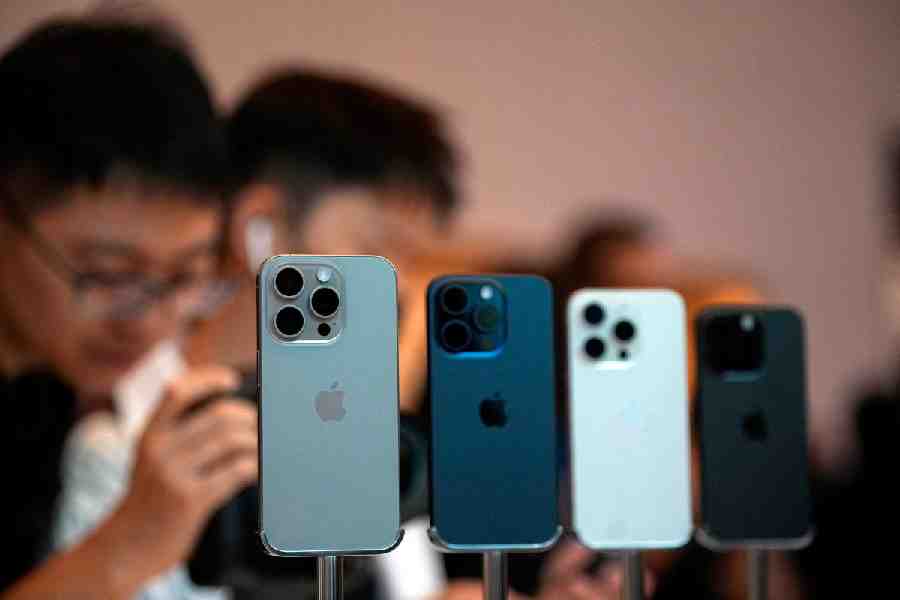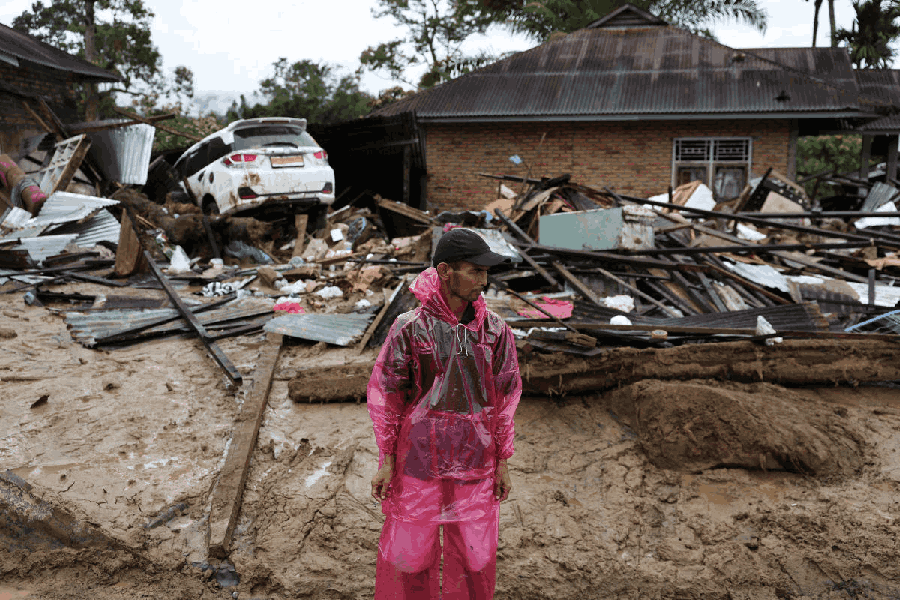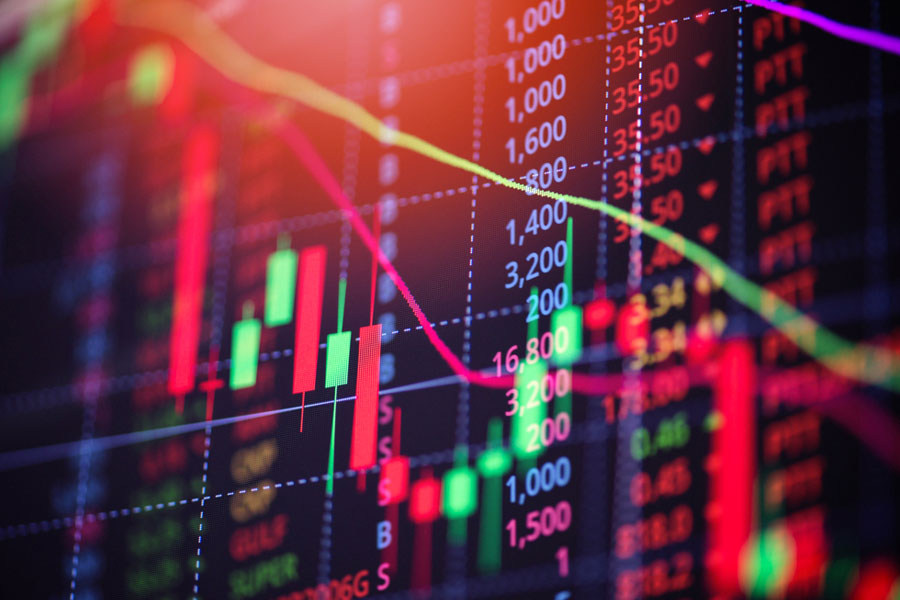The clock said 5.57pm; that would be Eastern Daylight Time. It was the evening of March 18, a beautiful sunny evening in coastal Florida. With a magical splash in the ocean, Nasa’s SpaceX capsule landed with four members of Crew 9. By way of a special welcome committee, there were the dolphins. Millions of eyes were glued to the television screen. Soon after, the capsule door opened, and we saw the crew members — including astronauts Sunita Williams and Butch Wilmore — being carried out.
The post-mission recovery and medical teams rushed them to the Nasa Johnson Space Center in Houston, US. The astronauts need rehabilitation.
Says Dr Tom Marshburn, an astronaut from an earlier Nasa mission, gravity
becomes the first major challenge upon returning to Earth. “It feels like this huge
magnetic force that’s welding you to your seat,” said Dr Marshburn. Other astronauts also said their bodies suddenly felt extremely heavy like “bones in a bag”. Many feel motion sickness very similar to what some people experience while on a roller coaster ride.
To address this, the crew takes part in a “structured reconditioning programme” for the first 45 days after the mission, along with regular medical assessments and performance testing. Prolonged exposure to microgravity leads to fascinating changes in daily life.
The International Space Station (ISS) orbits Earth at an altitude of 408 kilometres, where gravitational pull diminishes to nearly zero. As a result, liquid droplets and solid objects float freely instead of falling to the ground.
This microgravity environment creates challenges that are well documented. Showering onboard the space station, for instance, is difficult. Also, body fluids strangely flow upward, exerting pressure on the eyes and leading to vision problems.
“It’s amazing how much you take for granted when you are on Earth,” said Jack Fischer, a former Nasa astronaut. “When you get in there, it smells (like) 20 years’ worth of body odour and farts. But you get used to it.”
According to Nasa research, humans lose about 1-1.5 per cent of bone mineral density for every month spent in microgravity, and this bone loss may persist even after returning to Earth.
The absence of Earth’s gravitational resistance while performing daily activities causes muscles to weaken and diminish over time. Astronauts follow a carefully controlled diet and engage in regular exercise to minimise this muscle atrophy.
The kidneys constitute the body’s natural detoxifying system; they have evolved over millions of years to function best in gravity. Microgravity increases the risk of developing kidney stones due to bone demineralisation. Nasa has reported over 30 cases of kidney stones occurring within two years of extensive spaceflight.
Although low-Earth orbit has reduced ionising radiation levels, astronauts are still exposed to between 50 and 2,000 millisieverts, which is equivalent to 6,000 chest X-rays. A millisievert is a unit of radiation dose. This exposure significantly increases the risk of genetic damage and can lead to cancer.
Apart from the physical toll of floating in microgravity, an astronaut has to have extraordinary mental strength to endure prolonged isolation in a confined environment.
Once you are up there, there is no coming back, even if you experience claustrophobia, till another spaceship rescues you, which may take a long time. In Williams’s situation, what began as a week-long expedition extended into a 286-day odyssey.
In a television interview, Angela DiNapoli, Williams’s teacher, noted that as a sixth grade student in 1976, Williams was a competitive swimmer. Her determination was so remarkable that everyone believed she could become an Olympic swimmer. Instead, she became an astronaut and served aboard the ISS as a commander of Expedition 33.
This was her third flight to space and this time, she logged the world record for the longest cumulative spacewalk by a woman — 62 hours and 6 minutes during her nine spacewalks.
The ISS is a closed ecosystem that provides an extreme environment for testing endurance under microgravity, radiation and high carbon dioxide levels. A scientific paper published in 2024 in Microbiome showed how strains of the multidrug-
resistant Enterobacter bugandensis — isolated from the ISS — mutate under stress and thrive in that environment. E. bugandensis causes serious and sometimes life-threatening infections in the bloodstream, respiratory tract, urinary tract and open wounds in newborns and immunocompromised individuals.
Similarly, pathogens such as Pseudomonas aeruginosa — which causes pneumonia — and Staphylococcus aureus — which causes sepsis — can also survive in the ISS environment.
These and other BSL-2 and BSL-3 pathogens play a significant role in influencing the healthy living environment onboard. BSL stands for basic safety level; every higher number indicates a more deadly pathogen.
To keep the astronauts safe onboard, a high-power, ultraviolet light-emitting diode (UV LED) system is used to sanitise surfaces inside the microgravity science glovebox (MSG) after each scientific experiment is conducted. UV kills microorganisms, providing optimal opportunity for performing life science research. Nasa is also funding the development of the latest decontamination methods, such as low-power, portable, active plasma sterilisers (APS), for planetary protection and return missions.
When astronauts return, they bring back some germs within their body cavities and with their mementos. Some of these microbes might be unknown extraterrestrial pathogens.
During the Apollo missions, astronauts used to wear biological isolation garments and underwent a 21-day quarantine in the Lunar Receiving Laboratory at Nasa’s Johnson Space Center. Nowadays, no quarantine is required. However, astronauts are recommended to avoid close contact with others for 14 days after their return to mitigate the chances of spreading any potential space-related illnesses. This also helps protect the astronauts, as their immune systems may have weakened due to prolonged space travel.
During the re-entry of the spacecraft at eight kilometres per second, the friction of the upper atmosphere abruptly applies the brakes, resulting in immense thermal loading. One can see orange and purple flames exceeding 1,650°Celsius through the windows.
The sight is breathtaking but the smallest capsule malfunction or defect in the heat shield can lead to a catastrophy similar to that which the Space Shuttle Columbia met in 2003.
The writer is an inventor, educator and scientist based at the University of Florida, US. He is renowned for his work on plasma-based technology used in spaceships











